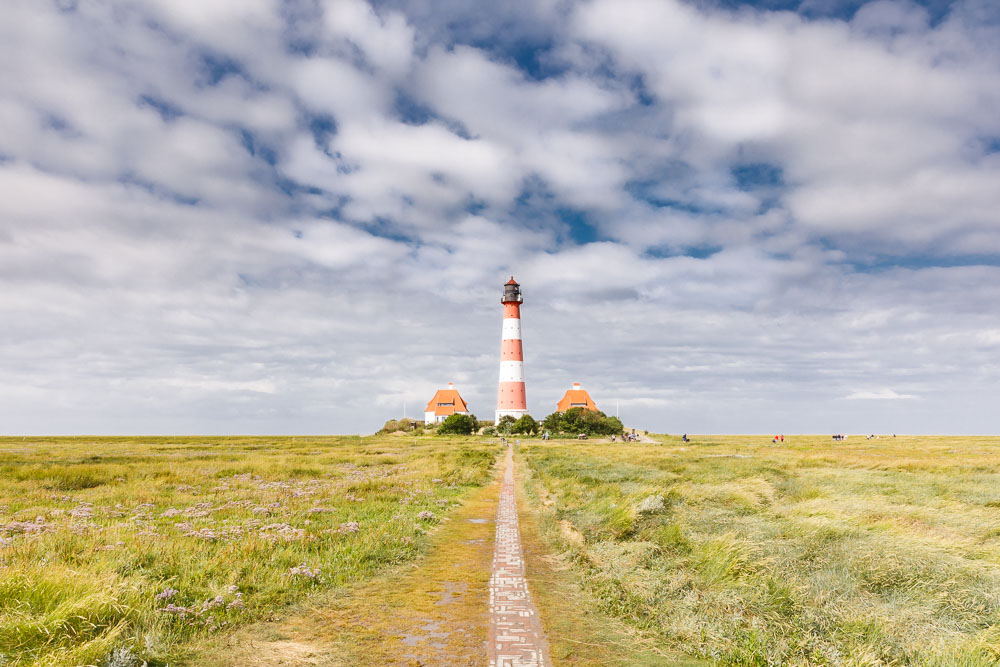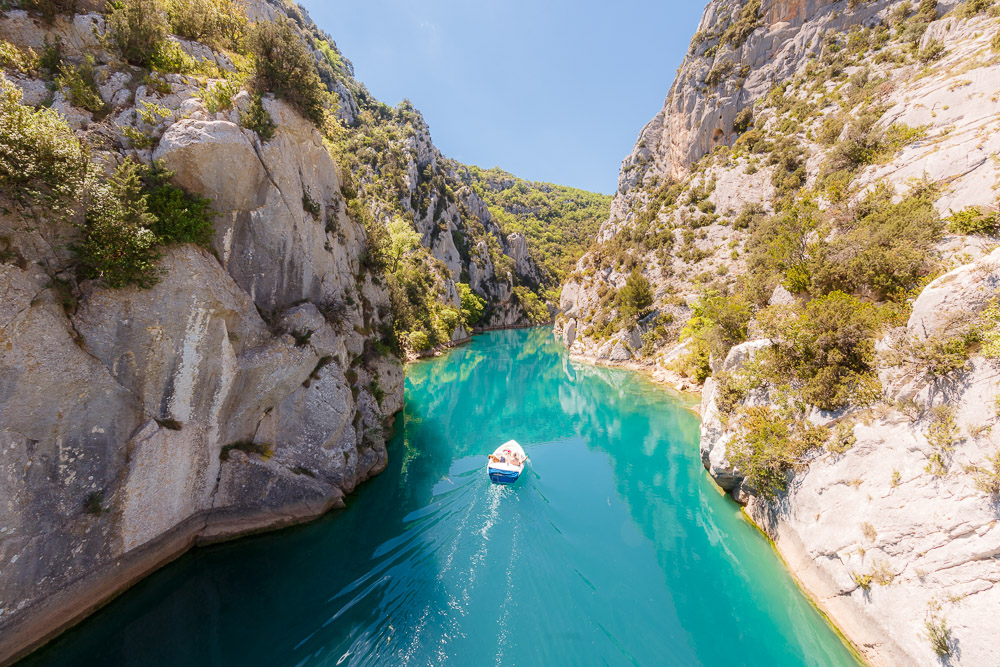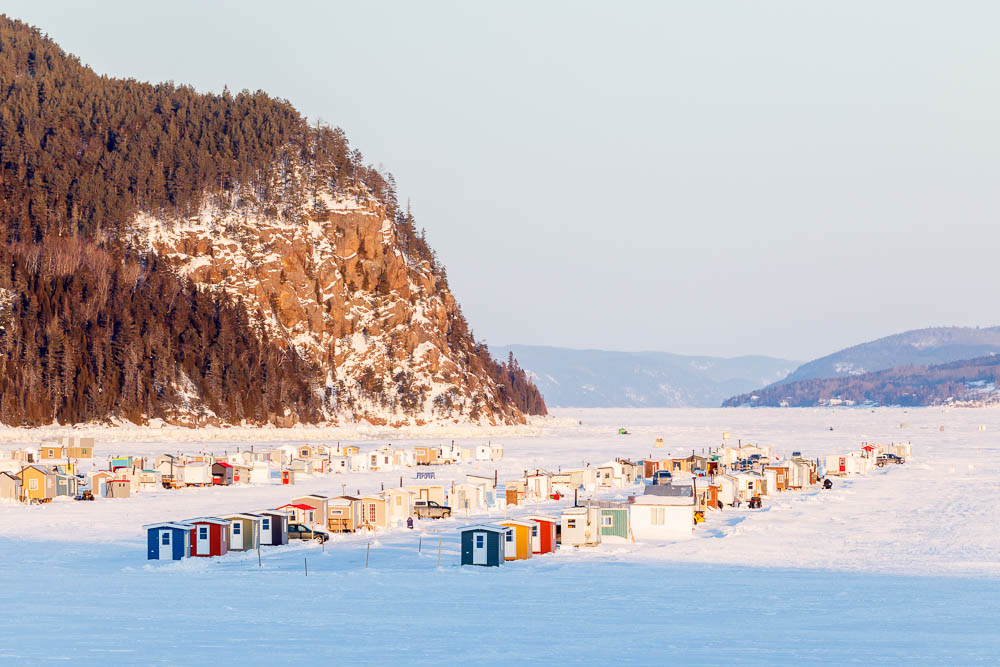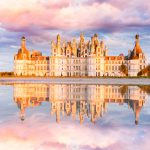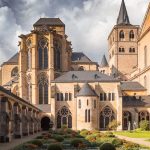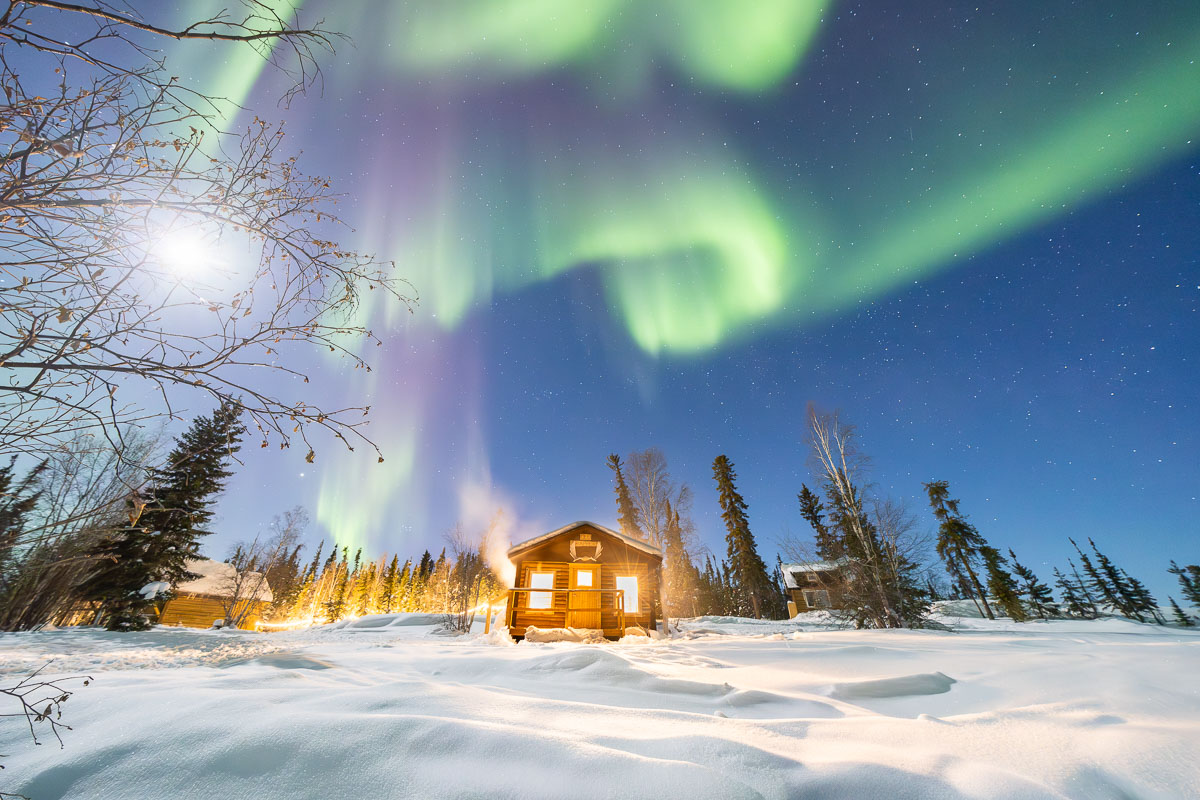
› Blog/travel
January 2020 |
The Wadden Sea at Saint Peter Ording
Presentation of the Wadden Sea
The Wadden Sea is the coastal area of the German bay in the North Sea. Listed as a UNESCO World Heritage Site in 2009, this area is home to a unique biosphere and landscape. In France, we have similarly the Bay of Mont Saint-Michel or the Bay of the Somme.
Strongly subjected to the phenomena of the tides, this zone becomes an ephemeral sand desert that extends over several kilometers! This is, in my opinion, the most impressive side to see in the Wadden Sea.
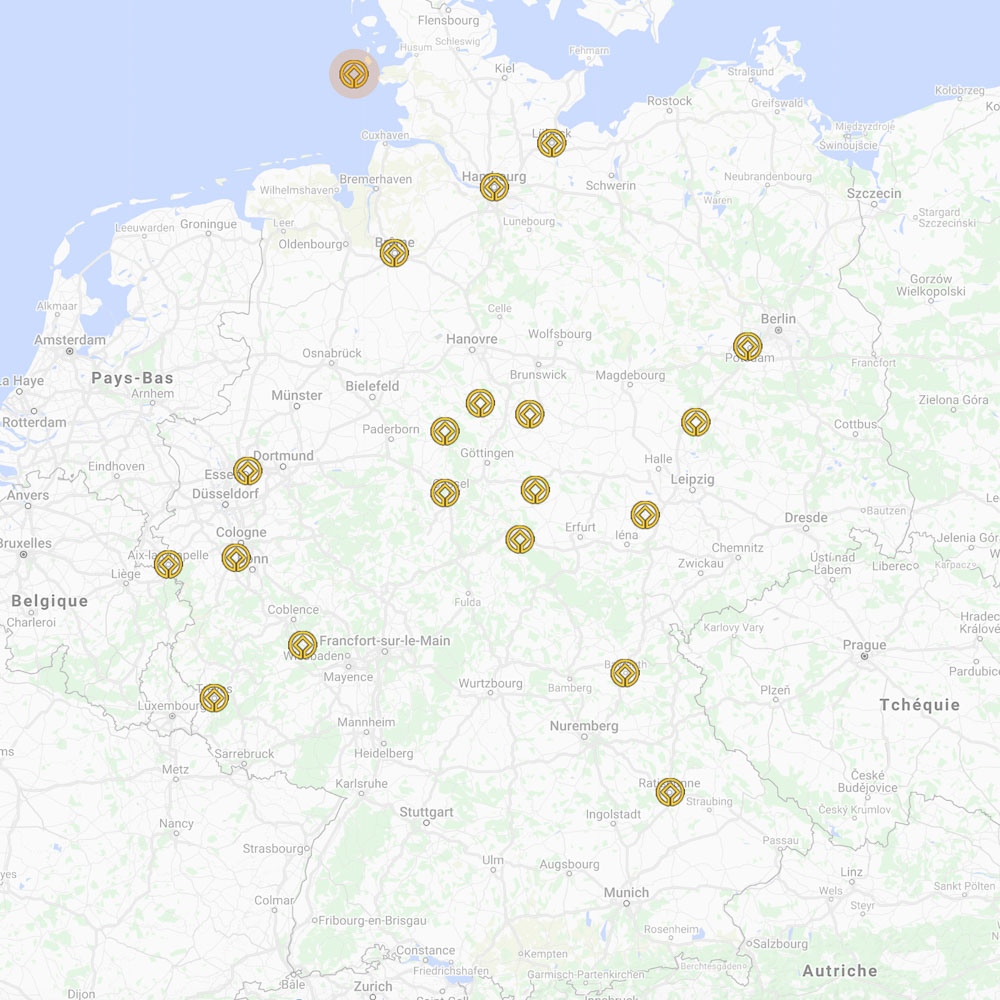
Photograph the Wadden Sea
With the strong influence of the tide, the weather is also very changeable and in a few hours you can enjoy landscapes with radically different colors.
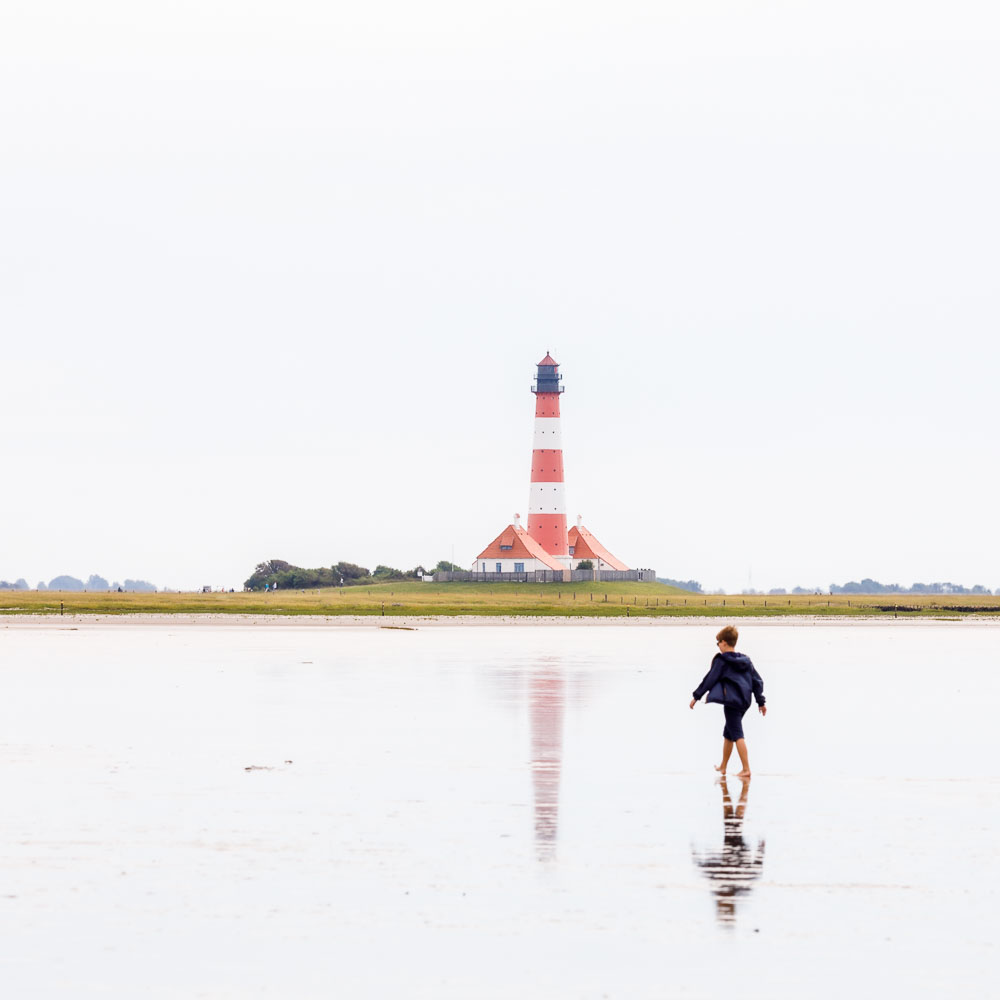
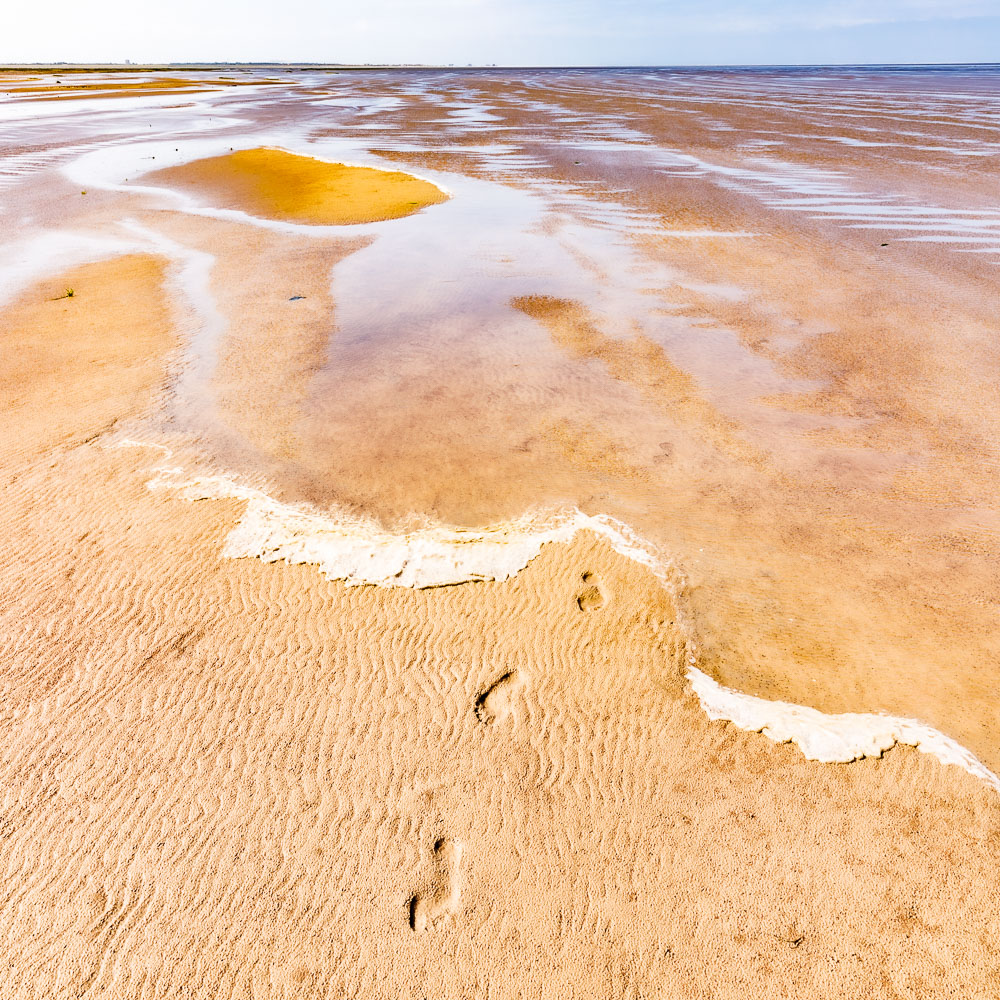
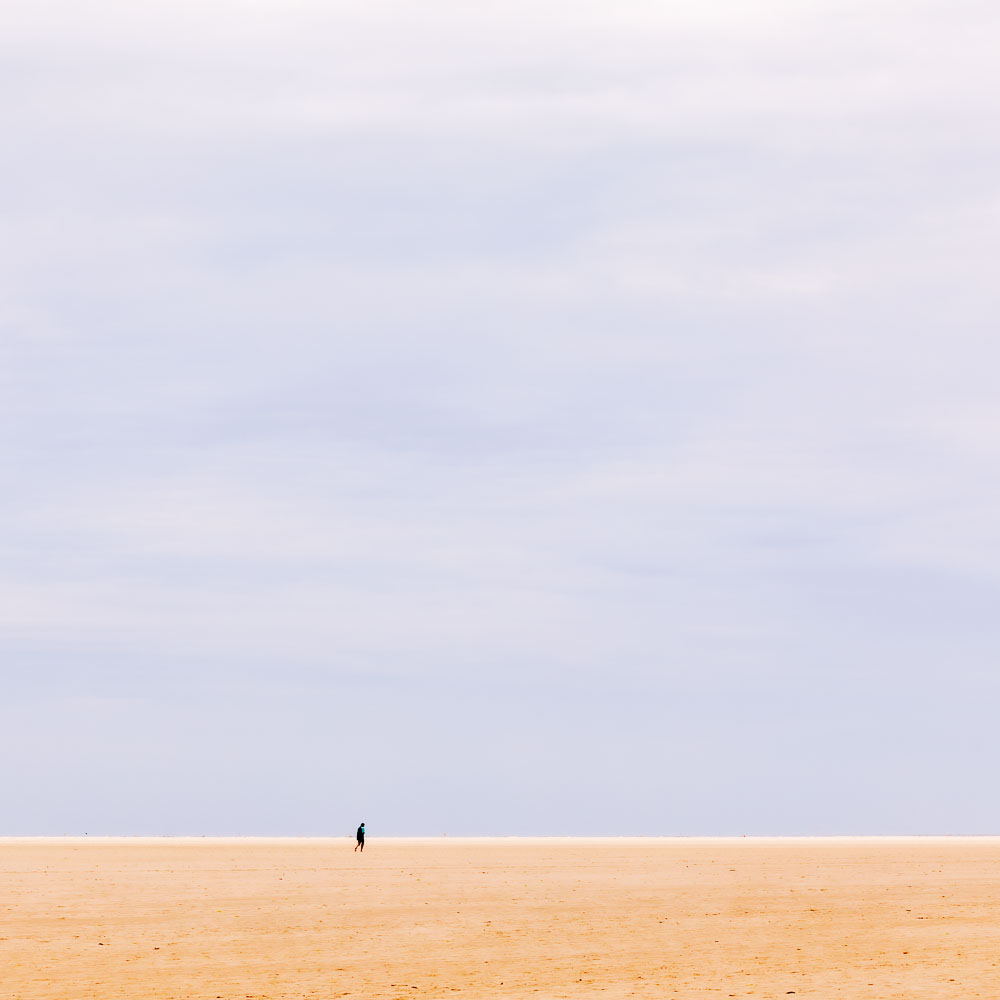
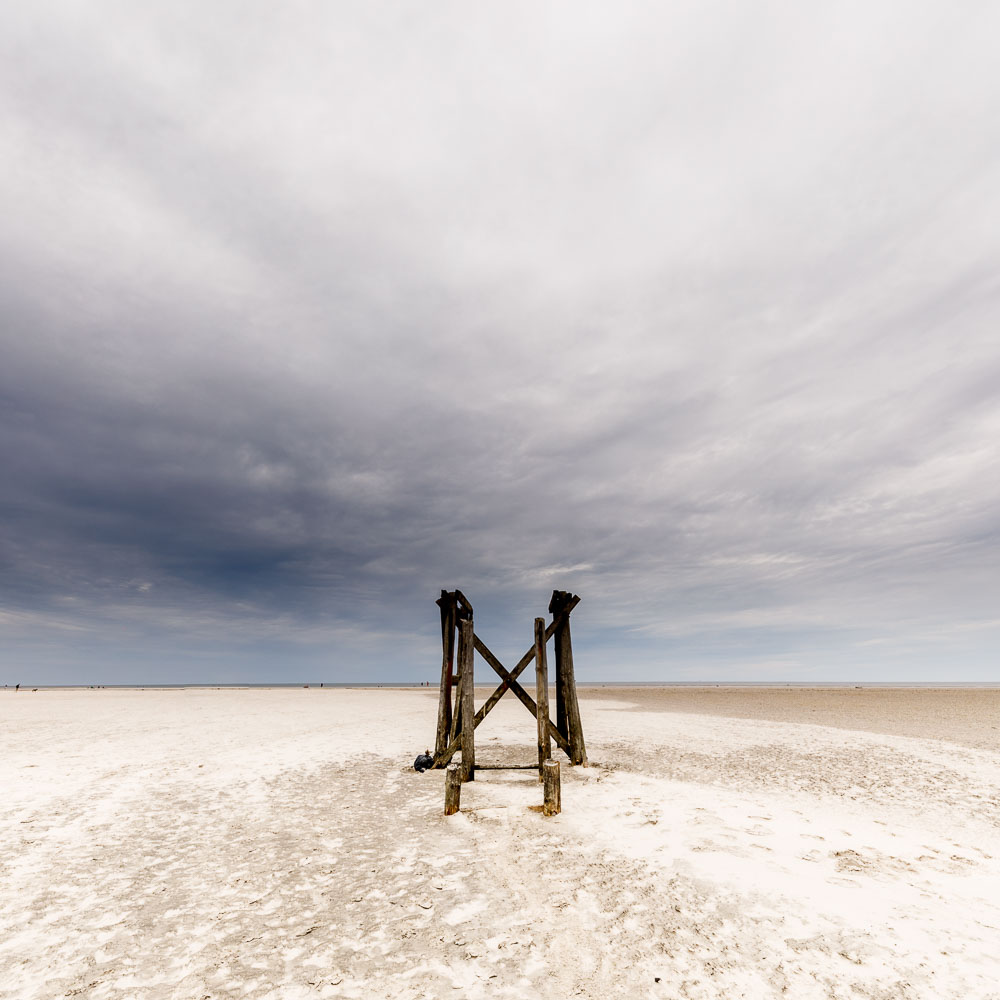
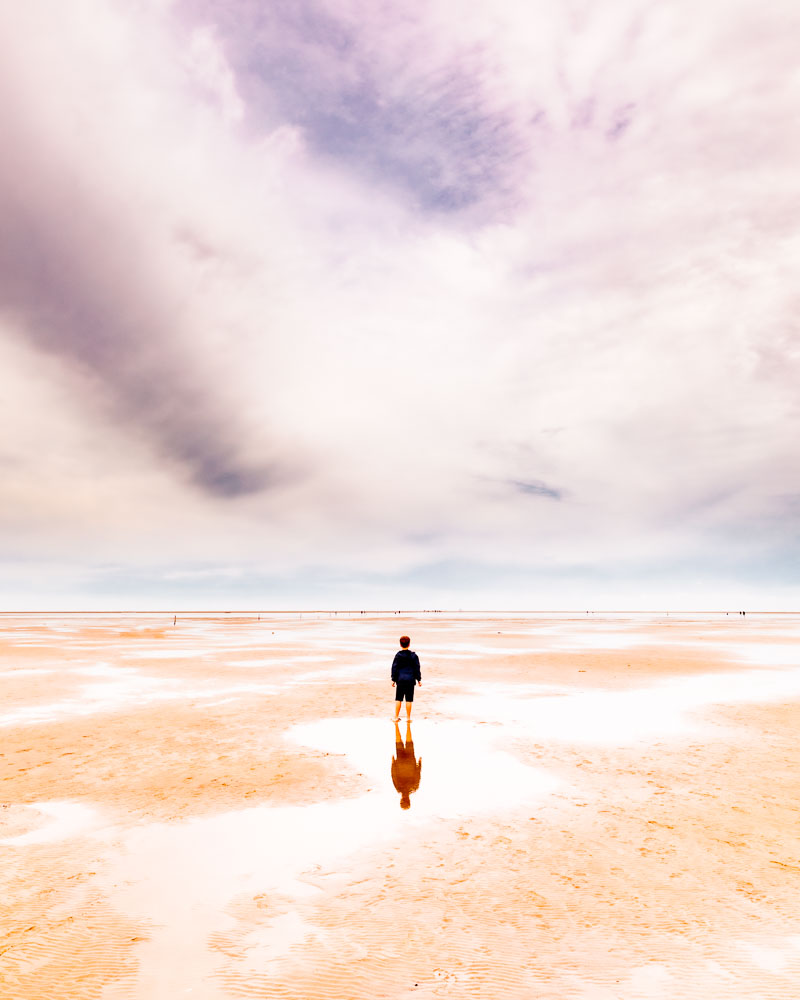
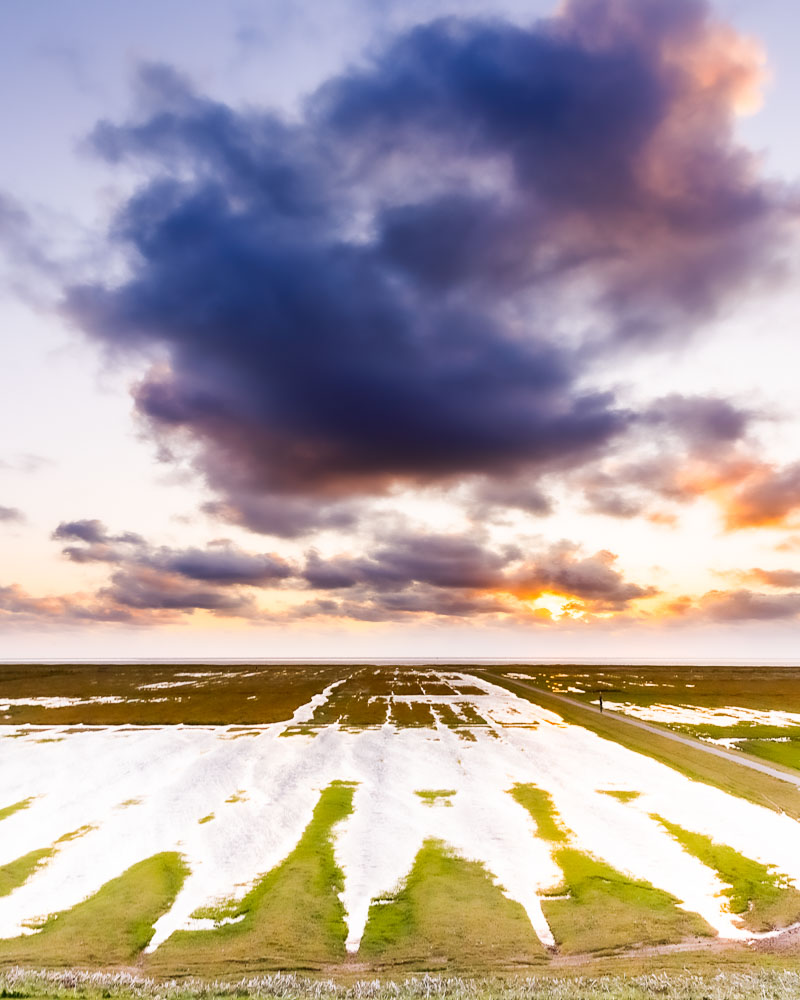
Wildlife in the Wadden Sea
The fauna is also particularly rich in the region, seals, sheep, cows as on the pictures. But also many birds (29 species of birds, including 10% of the world population of migratory birds).
To see the seals, the best is to take a boat trip to the mouth of the Eider River.
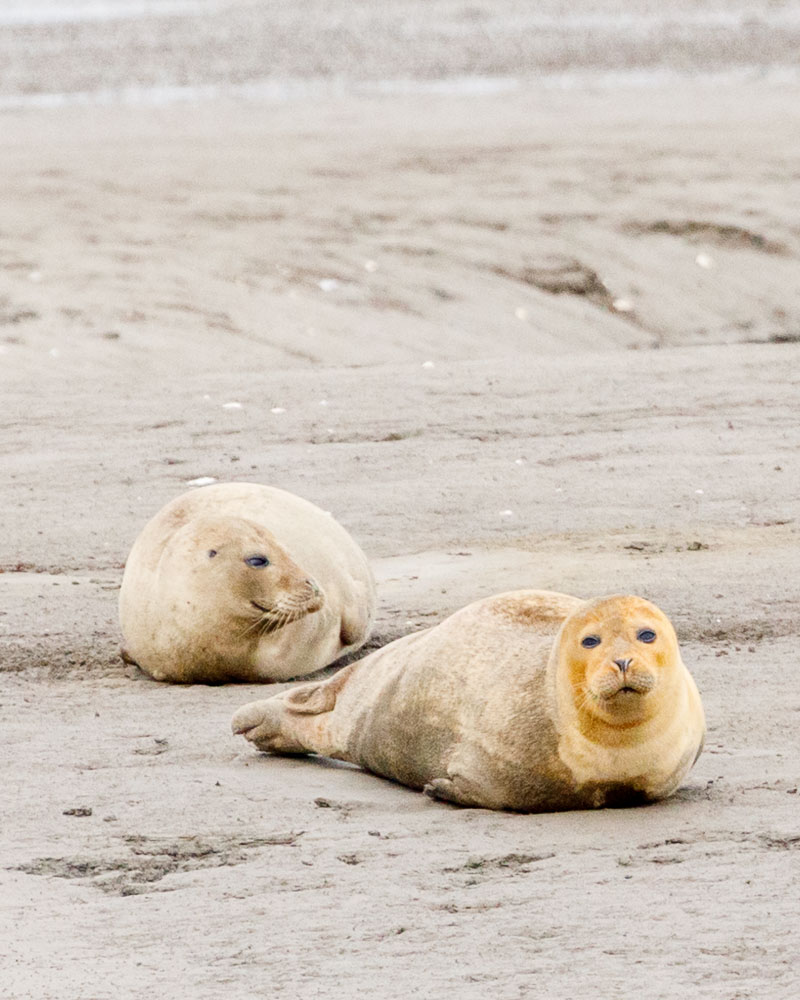
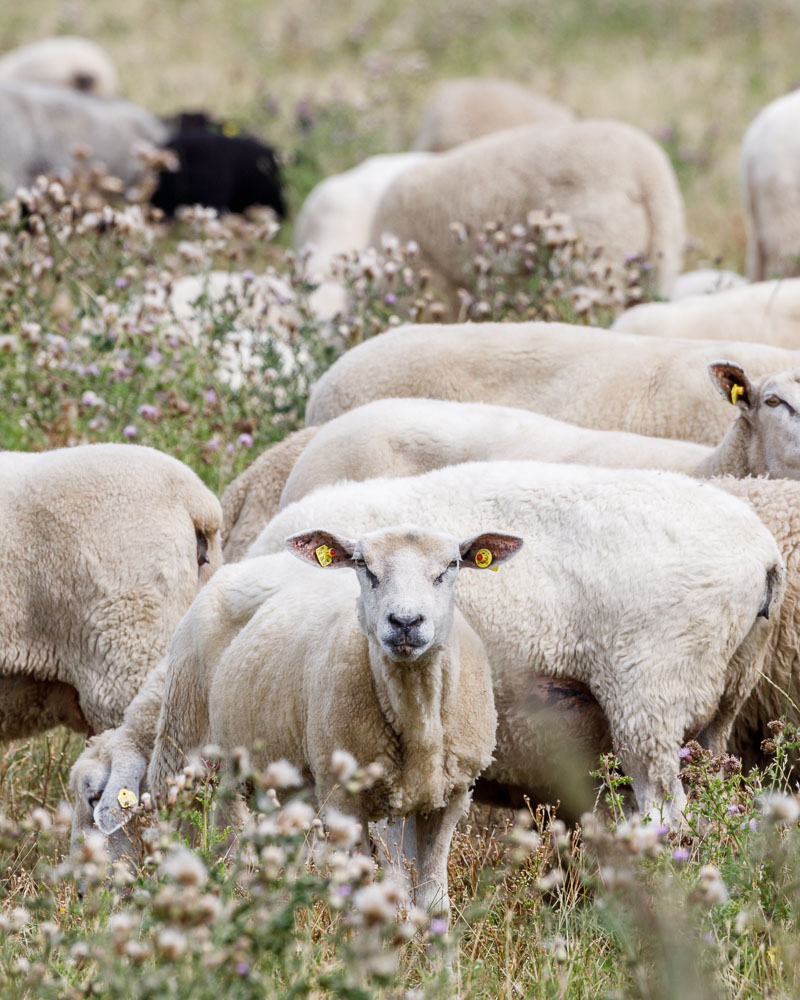
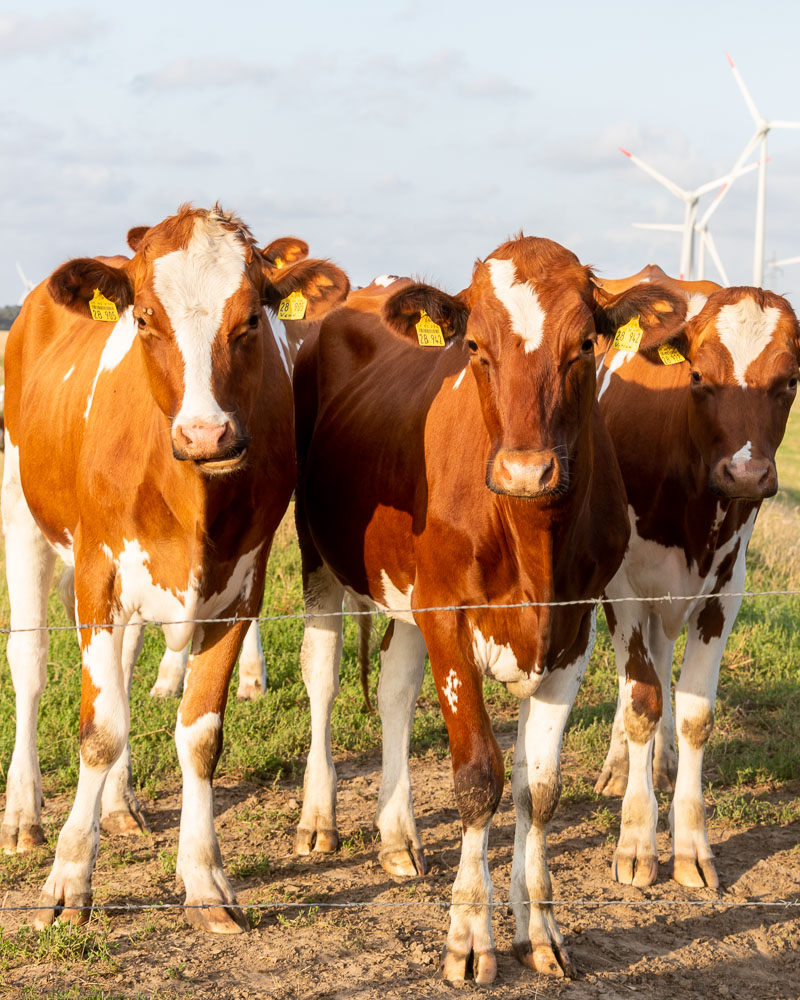
There are also more than 2000 wind turbines in the area, which is very windy. This is the largest wind energy production in Germany. There can also be some interesting shots here.
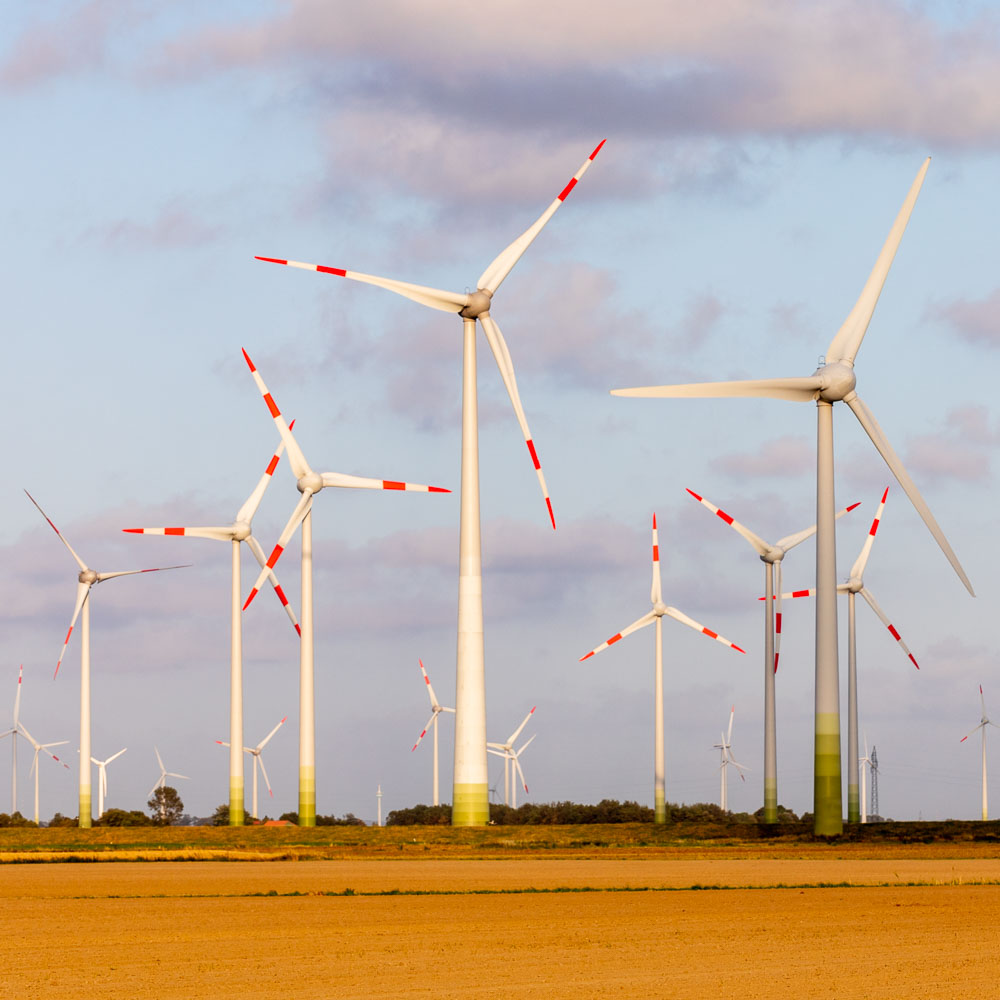
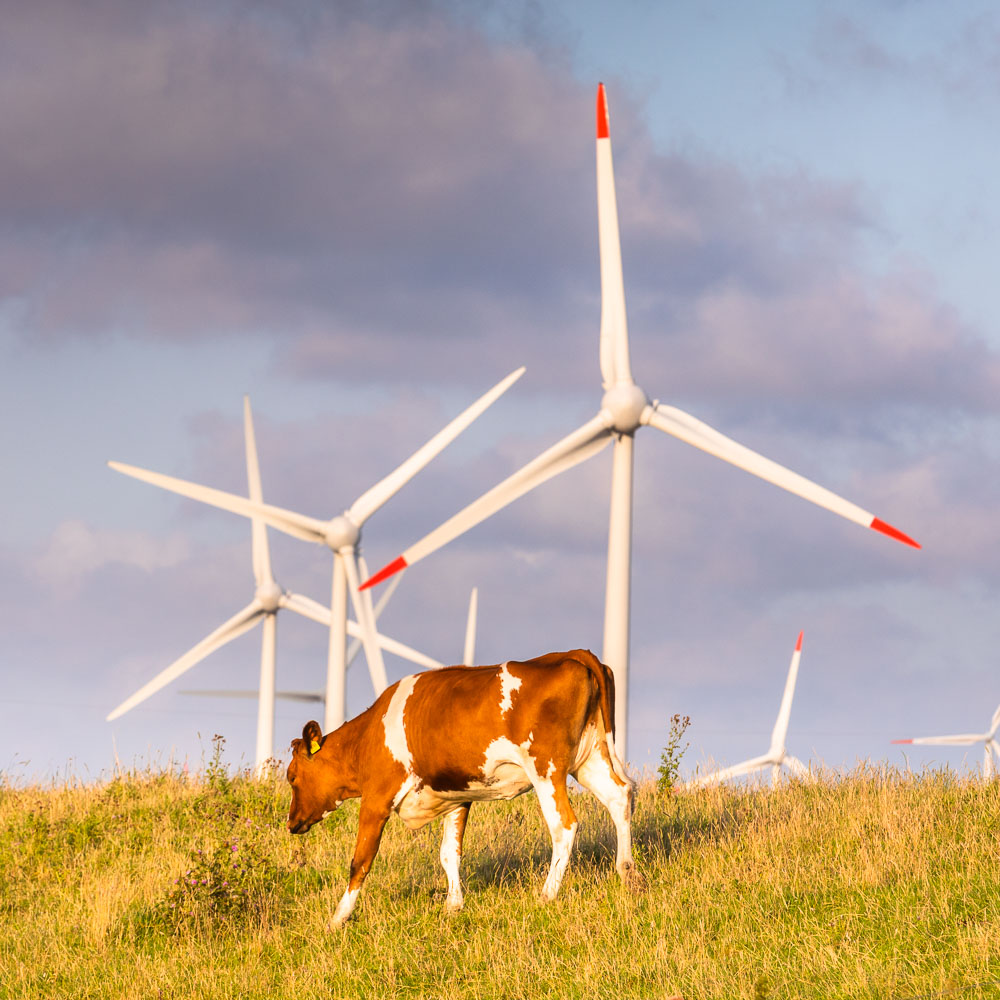
Photo Tips
3 very important tips for photographing the Wadden Sea:
- Be well informed about the local weather forecast. The weather is very changeable. You can have the “4 seasons” in one day.
- Check tide schedules. The landscape changes radically with the tides. The same spot will just not look at all the same at high and low tide.
- Watch where and at what time the sun sets and rises. Basic reflex of the landscape photographer, but very important to position oneself in relation to the spot to be photographed.
Then, what I can advise:
- Take the time to study the ground which is vast. Ideally it is necessary to stay there several days to be able to really apprehend this immense space.
- Go back to the same site several times, because the conditions are never the same.
- If you specialize in wildlife, especially birds, consider taking a telephoto lens with a very long focal length.
- It is forbidden to fly over the site with a drone for obvious wildlife protection reasons.
Concerning the emblematic spots
- The Westerhever lighthouse is the most emblematic spot in the area. Preferably to be taken at sunset. There is walking to reach the right angle of view, so plan two to three hours in advance depending on the tide.
- The small town of Tönning is typical of the region and reminds me of the small Danish towns in the far north.
To get there (from Paris)
- Train: 12h
- Car: 11h
- Plane: 1h35 (Hamburg) + 2h by car


